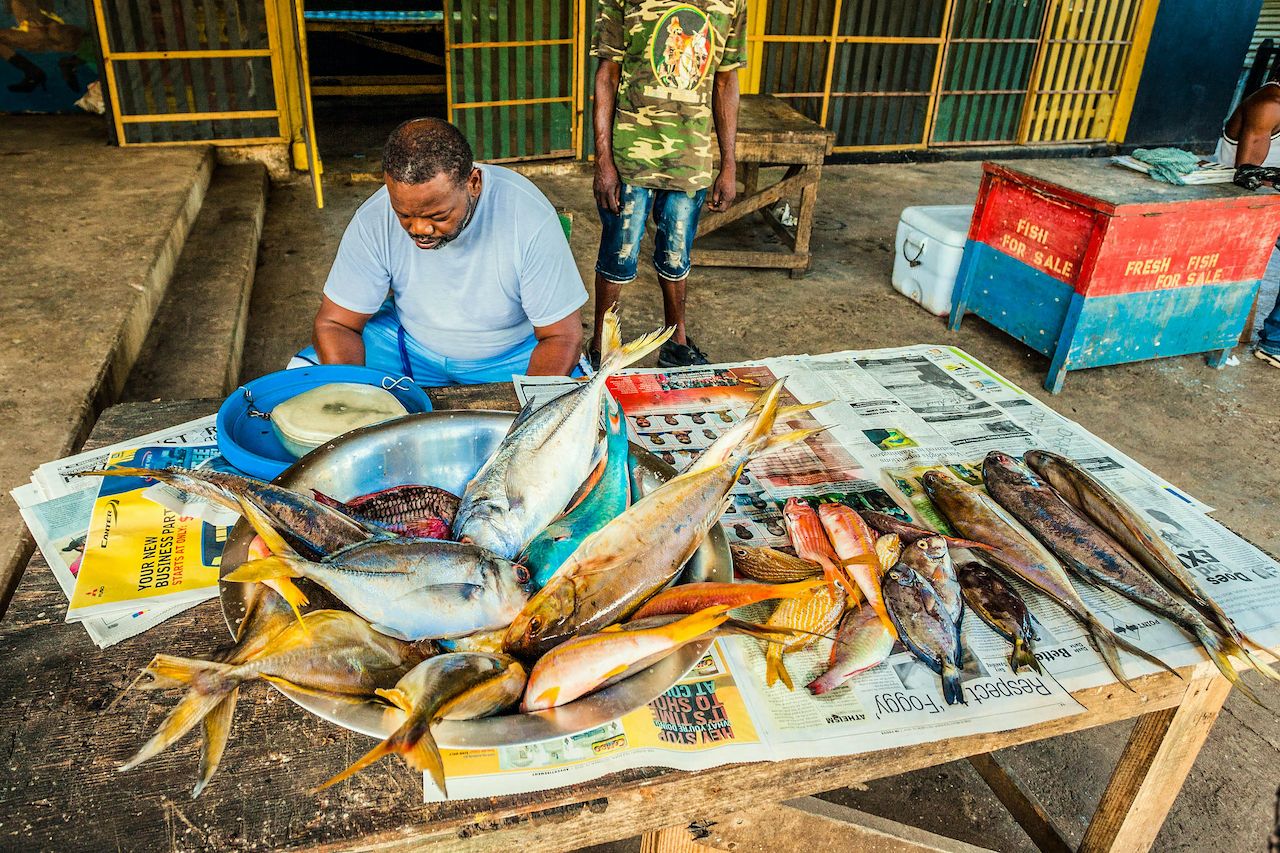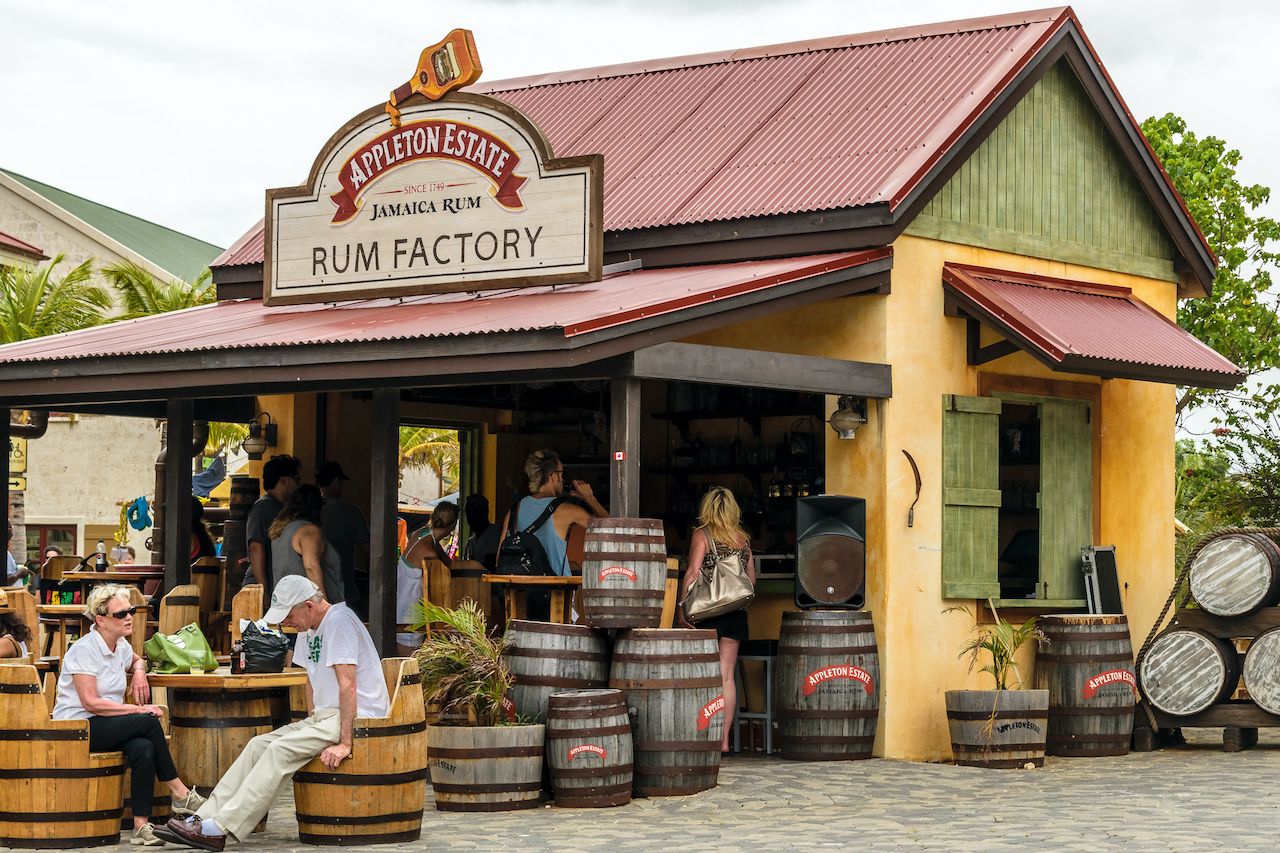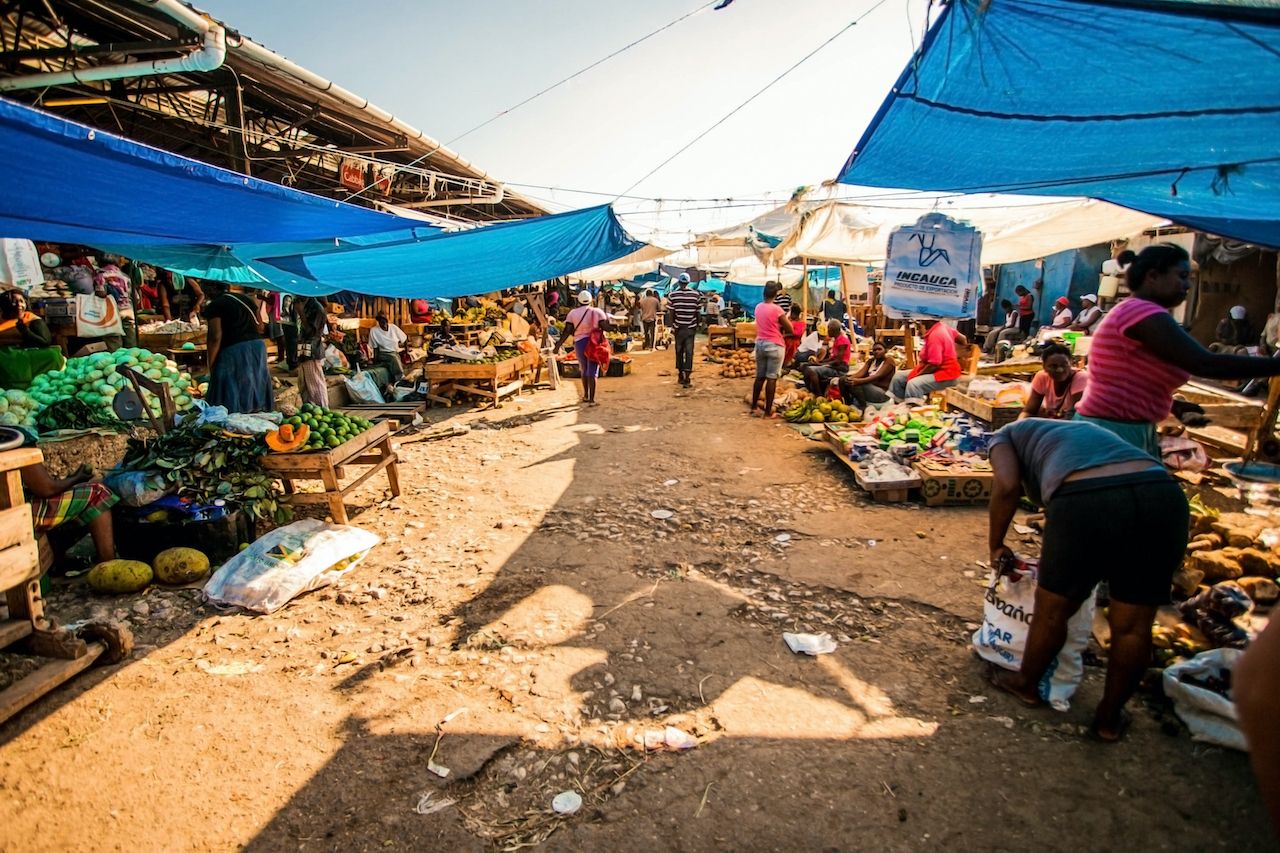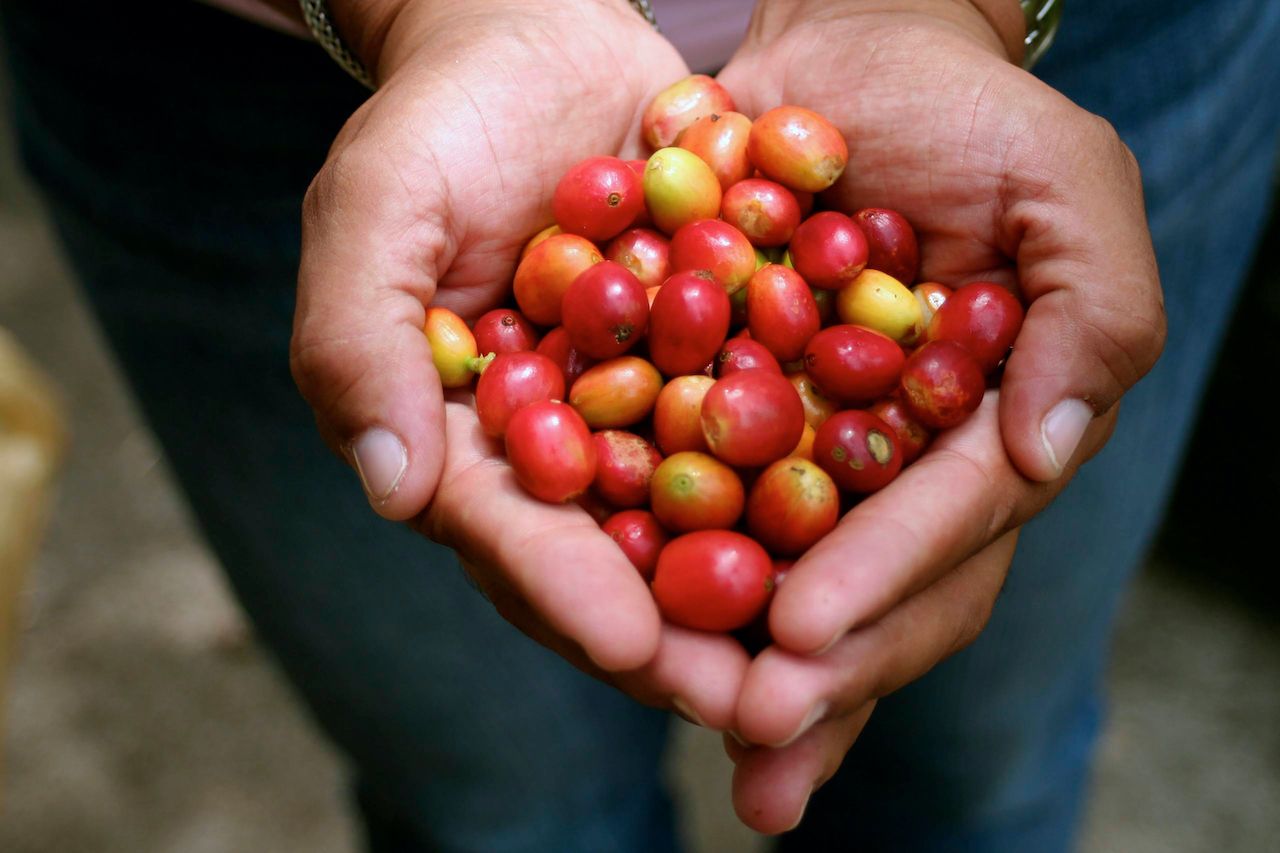Jamaica’s food flavor profile comes from a fusion of cuisines that evolved over the last three centuries. Millions of tourists who visit the island every year sample the island’s cuisine, and in each dish they’re served food that tells the story of Jamaica’s history and culture.
To put it mildly, Jamaicans love food. Some of the island’s most popular dishes include jerk chicken, ackee and saltfish, roasted yams, and rice and peas. Most of these dishes come from the slavery period between the 1500s and the 1800s. During this time, Spanish, and then English, colonizers brought slaves from Africa to the island. Escaped slaves, known as the Maroons, formed communities inland and created dishes different from the ones served in the colonial towns. Some of those dishes are now Jamaican staples.






